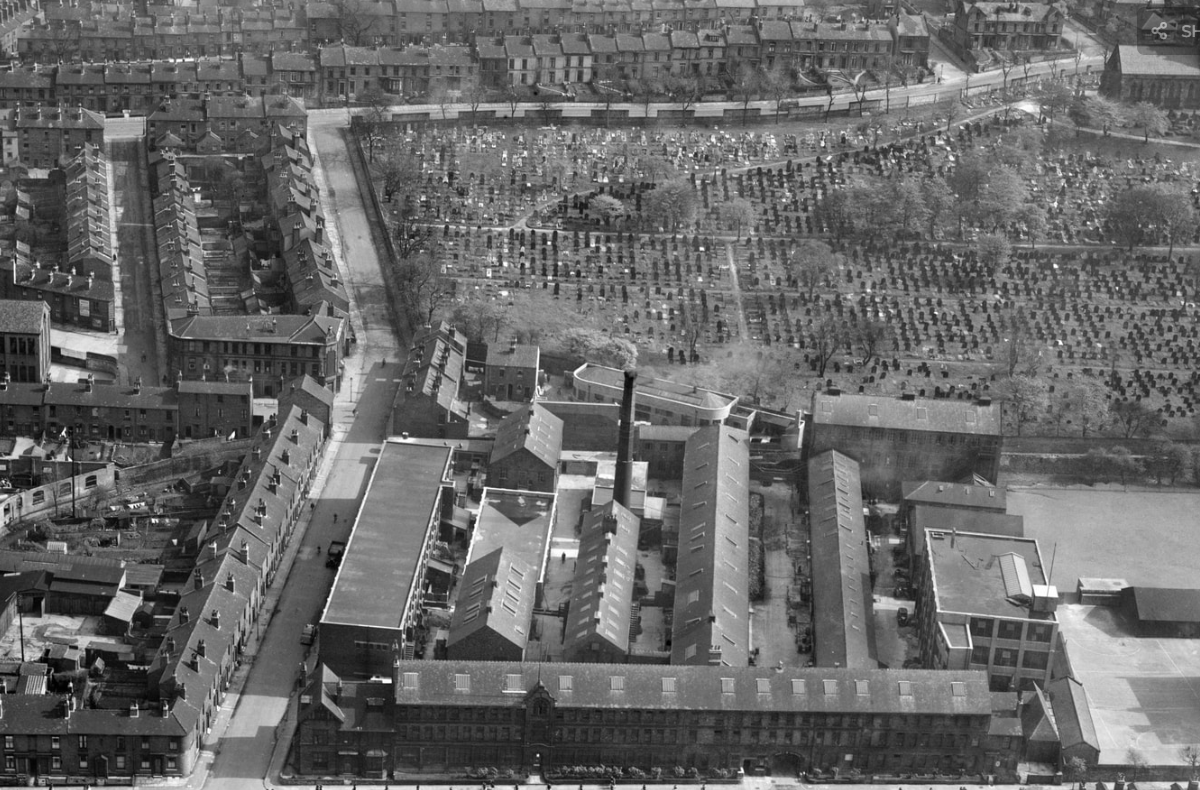In 1834, the Sheffield General Cemetery Company was formed to layout a new Nonconformist burial ground some distance from the town centre. The original subscribers were members of the dissenting middle classes. They wanted a burial ground away from the unsanitary conditions then present in the centre of the town. They also wanted somewhere they could be buried according to the rites of their religion and not those of the Established Church.

Land purchase
The Company bought nine acres of land in the Porter Valley from Henry Wilson, the owner of the adjoining Snuff Mill. They acquired the site for a relatively cheap price as the land was steep and north-facing and therefore not suitable for house building.
Five and a half acres of land were initially laid out as a Nonconformist cemetery, opening in 1836 to a design by Samuel Worth. In the mid-1840s, when the Cemetery was not proving a popular final resting place as had been hoped, a further area of land to the east was purchased. It was consecrated and laid out as an Anglican burial ground.
Changing status
Between 1836 and 1978, nearly 86,500 people were buried in the Cemetery. But by the 1970s, the Cemetery was neglected, overgrown and an unattractive area to visit. Bodens had bought the majority of the shares in the Cemetery Company in 1963, intending to use it for housing development. They agreed to transfer the Cemetery to Sheffield City Council free of charge. In 1979, an Act of Parliament was passed which removed the Cemetery’s consecrated status. The Council planned to clear the Anglican half but leave the monuments of the Nonconformists in place in a wildlife area.
Objections to the Council’s plans came from plot holders, relatives of the deceased and local residents. But above all, most people wanted to see the site improved, protected from undesirable development and become an attractive place to visit. The Council’s plans were accepted. With only a few exceptions, the bodies were left in place when in 1980, the bulldozers moved in. They cleared the Anglican part of the Cemetery of 7,800 headstones to create the green open space we see today for ‘passive and informal recreation’.



